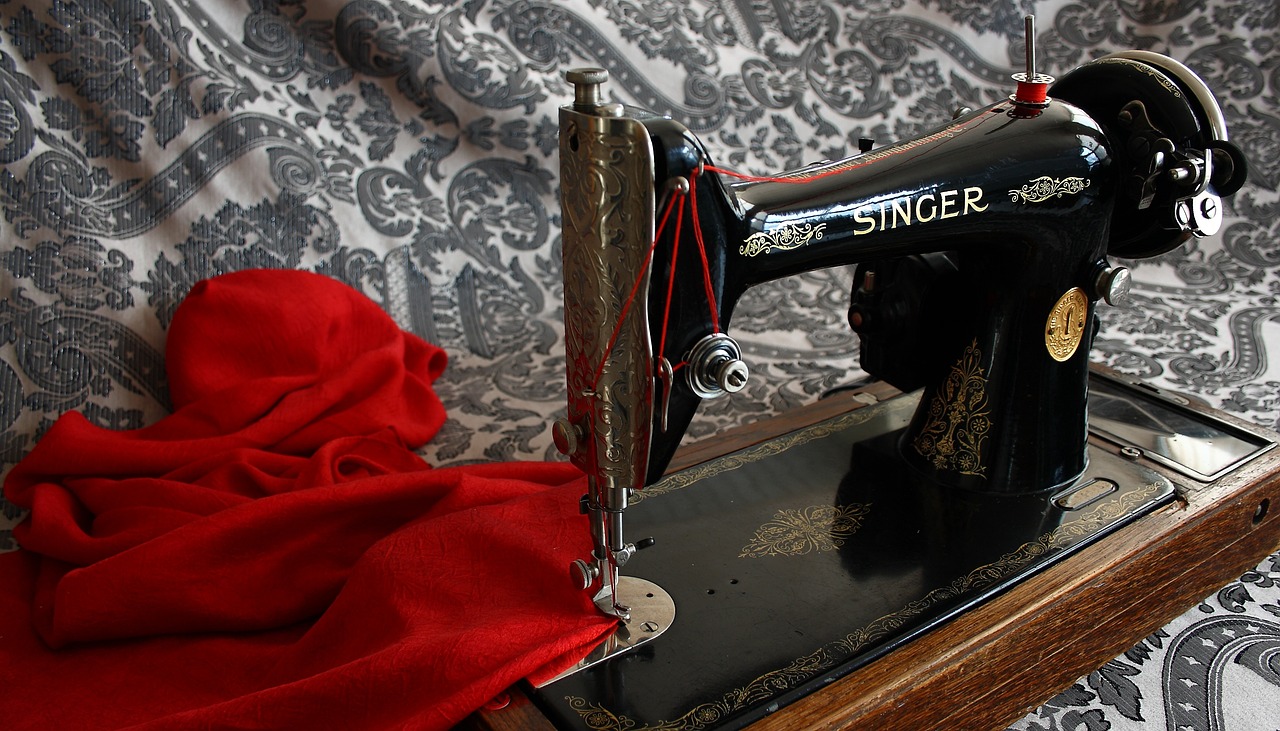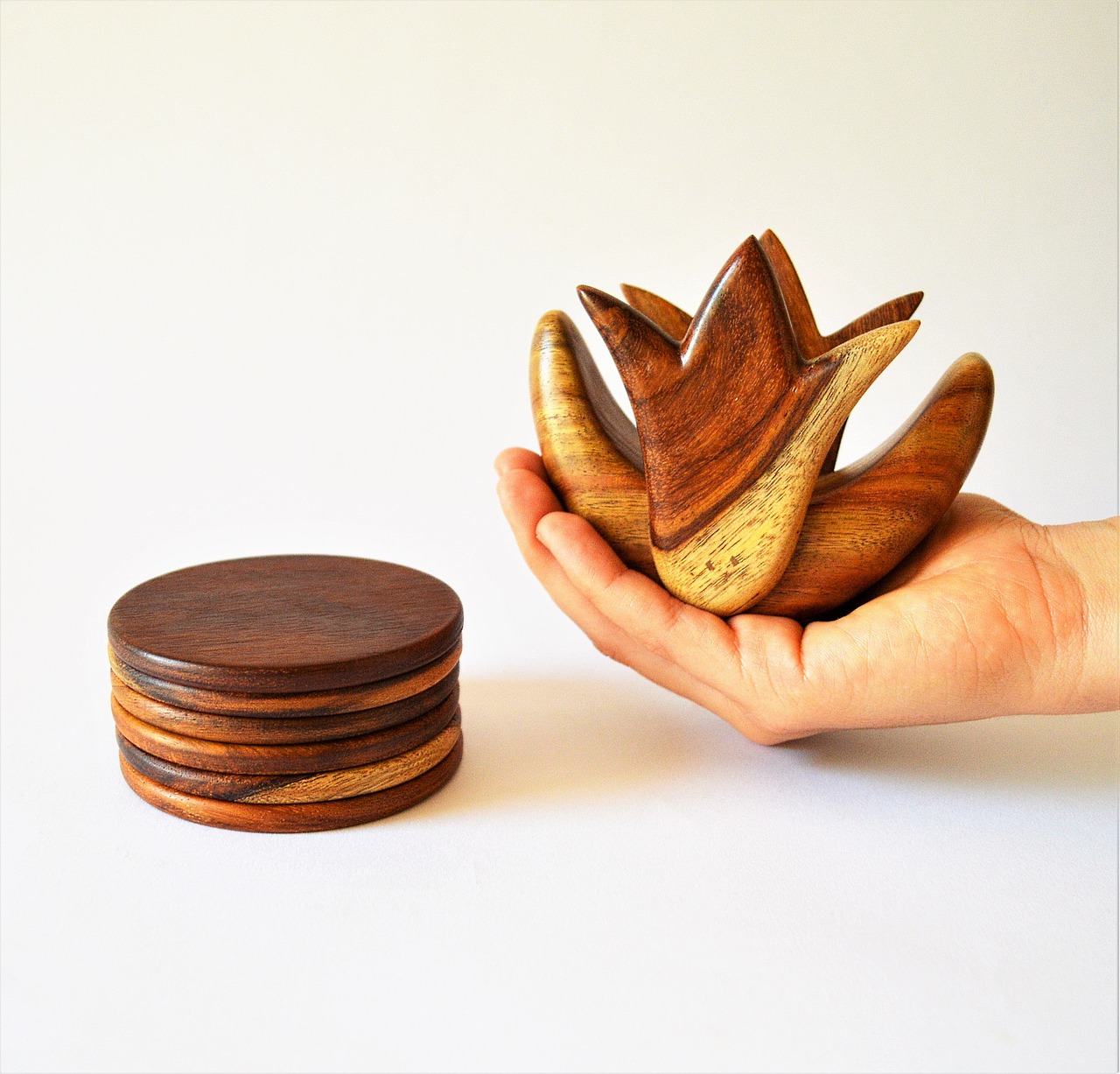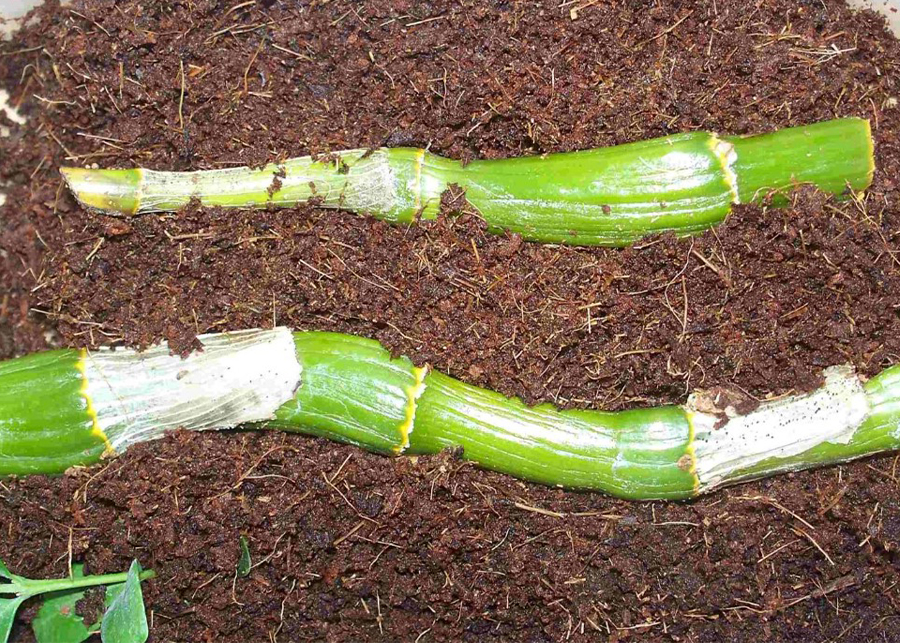Are you ready to unleash your creativity and create a stunning Jasmine dress? Look no further! This article will guide you through the process of sewing a Jasmine dress, providing you with step-by-step instructions that are suitable for both beginners and experienced sewers. Whether you’re attending a special occasion or simply want to add a touch of elegance to your wardrobe, this guide will help you create a beautiful garment that fits perfectly.
So, what exactly is a Jasmine dress? It is a popular style of dress known for its flattering silhouette and feminine charm. The Jasmine dress typically features a fitted bodice and a flowing skirt, creating a romantic and graceful look. With its versatility, you can customize the dress to suit your personal style and preferences.
Now, let’s dive into the exciting process of sewing a Jasmine dress. From selecting the right fabric to adding the finishing touches, each step is crucial in creating a garment that you’ll be proud to wear. Whether you’re a beginner or an experienced sewer, this guide will provide you with the necessary knowledge and techniques to bring your vision to life.
Selecting the Right Fabric
Choosing the appropriate fabric is a crucial step in sewing a Jasmine dress. The fabric you choose will not only affect the overall look and feel of the dress but also determine how well it drapes and moves with the body. To ensure a successful outcome, it’s important to consider the following factors when selecting the fabric for your project.
Types of Fabrics:
There are various types of fabrics that work well for sewing a Jasmine dress. Some popular choices include:
- Cotton: Cotton is a versatile fabric that is breathable and comfortable to wear. It is available in a wide range of prints and solids, making it a popular choice for casual Jasmine dresses.
- Silk: Silk is a luxurious fabric that drapes beautifully and adds an elegant touch to any dress. It is available in different weights and finishes, allowing you to choose the right silk fabric for your desired look.
- Chiffon: Chiffon is a lightweight and sheer fabric that is often used for the overlay or sleeves of a Jasmine dress. It adds a romantic and ethereal touch to the garment.
- Satin: Satin is a smooth and shiny fabric that is commonly used for formal Jasmine dresses. It has a lustrous appearance and is often chosen for its elegance.
Tips for Selecting the Best Fabric:
When choosing the fabric for your Jasmine dress, consider the following tips:
- Think about the occasion or event where you plan to wear the dress. Is it a casual gathering or a formal affair? The fabric should match the level of formality.
- Consider the season and climate. Choose lightweight fabrics like cotton or chiffon for warmer weather and heavier fabrics like silk or satin for colder seasons.
- Take into account the pattern or design of the dress. Some fabrics may work better for certain styles or details, such as pleats or ruffles.
- Don’t forget about comfort. Ensure that the fabric feels good against the skin and allows for ease of movement.
By considering these factors and following these tips, you can select the perfect fabric for your Jasmine dress and create a garment that looks and feels amazing.
Taking Accurate Measurements
Accurate measurements are essential for sewing a well-fitting Jasmine dress. In this section, you will learn how to properly measure yourself or the intended wearer to ensure the dress fits perfectly.
Before you start cutting and sewing your Jasmine dress, it’s crucial to take accurate measurements. This will ensure that the final garment fits like a dream. Whether you are sewing for yourself or someone else, following these measurement guidelines will help you achieve the perfect fit.
Here are the key measurements you’ll need to take:
- Bust: Measure around the fullest part of the bust, ensuring that the measuring tape is parallel to the ground.
- Waist: Measure around the natural waistline, which is typically the narrowest part of the torso.
- Hips: Measure around the fullest part of the hips, usually 7-9 inches below the waist.
- Length: Measure from the desired neckline to the desired hemline, taking into account any specific dress length preferences.
It’s important to note that these are just the basic measurements. Depending on the design and style of the Jasmine dress, you may need additional measurements such as shoulder width, arm circumference, or back length. Always refer to the sewing pattern instructions for any specific measurement requirements.
When taking measurements, use a flexible measuring tape for accurate results. Keep the tape snug but not too tight, and make sure the person being measured is standing in a relaxed and natural posture. Take multiple measurements to ensure accuracy, and record them carefully to refer back to during the sewing process.
By taking accurate measurements, you’ll be able to sew a Jasmine dress that fits perfectly and flatters the wearer’s body shape. Remember, measurements are the foundation of a well-fitting garment, so take your time and be precise. With these measurement tips in mind, you’re ready to move on to the next step of cutting and preparing the pattern for your Jasmine dress.
Cutting and Preparing the Pattern
The first step in sewing a Jasmine dress is cutting and preparing the pattern. Before you can start sewing, it’s important to have all the necessary pattern pieces ready. This guide will provide you with a step-by-step process to ensure that you have accurately traced, cut, and marked the pattern onto your fabric.
To begin, gather all the pattern pieces required for the Jasmine dress. Lay out your fabric on a flat surface and make sure it is free from any wrinkles or creases. Take the first pattern piece and place it on the fabric, aligning the grainline with the grain of the fabric. Use pins or weights to secure the pattern piece in place.
Next, use a fabric marker or chalk to trace around the pattern piece onto the fabric. Make sure to mark any notches, darts, or other important details indicated on the pattern. Once you have traced the outline, remove the pattern piece and set it aside.
Repeat this process for each pattern piece, ensuring that you place them correctly on the fabric and trace them accurately. Take your time to double-check the alignment and markings before moving on to the next piece. It’s crucial to be precise during this step to ensure that the dress will fit properly.
After you have traced all the pattern pieces onto the fabric, it’s time to cut them out. Use fabric scissors to carefully cut along the traced lines, following the shape of each pattern piece. Take care not to cut into the seam allowance or accidentally trim off any important markings.
Once all the pieces are cut out, you can further prepare them for sewing. Transfer any additional markings or notches from the pattern onto the fabric using your fabric marker or chalk. These markings will help you align and assemble the dress correctly.
Now that you have successfully cut and prepared the pattern pieces for your Jasmine dress, you’re ready to move on to the next step of the sewing process. In the following section, we will guide you through the process of assembling the dress, bringing all the pieces together to create a beautiful garment.
Assembling the Dress
Assembling the Dress
Now that you have all the pattern pieces ready, it’s time to bring your Jasmine dress to life. Follow these detailed instructions to sew the bodice, attach the skirt, and add any additional design elements:
- Sewing the Bodice: Start by sewing the front and back bodice pieces together at the shoulders. Press the seams open and finish the raw edges. Then, sew the side seams of the bodice, making sure to match the notches and markings on the pattern. Press the seams open and finish the raw edges.
- Attaching the Skirt: Take the skirt pieces and sew the side seams together, matching the notches and markings on the pattern. Press the seams open and finish the raw edges. Next, gather the top edge of the skirt using long basting stitches. Pin the gathered edge to the bottom edge of the bodice, right sides together, and sew them together. Press the seam allowance towards the bodice.
- Adding Design Elements: This is where you can get creative and add your personal touch to the Jasmine dress. You can add decorative trims, lace, or appliques to the bodice or skirt. Make sure to follow the pattern instructions or your own design ideas to attach these elements securely and neatly.
Once you have completed these steps, your Jasmine dress will start to take shape. Remember to press your seams and finish the raw edges for a professional finish. Take your time and sew with precision to ensure the best results. Now, let’s move on to the finishing touches to complete your beautiful Jasmine dress.
Finishing Touches
To complete your Jasmine dress and give it a polished and professional look, it’s time to add the finishing touches. This final step will bring your garment together and make it ready to wear for any occasion. Here are the key steps to follow:
- Hemming the Skirt: Start by hemming the skirt of your Jasmine dress. Measure the desired length and fold the fabric under, then stitch along the edge to secure it. This will give your dress a clean and neat finish.
- Inserting a Zipper or Buttons: Depending on your chosen design, you may need to add a zipper or buttons to your Jasmine dress. Follow the instructions provided with your pattern or use a sewing guide to ensure proper placement and attachment.
- Adding Decorative Elements: If you want to further enhance the look of your Jasmine dress, consider adding decorative elements such as lace trim, embroidery, or appliques. These details can elevate the overall appearance of your garment.
Remember to take your time and pay attention to the small details during the finishing touches phase. This is what will make your Jasmine dress truly stand out and showcase your sewing skills. Once you have completed these steps, your dress will be ready to wear and impress!
Customization and Variations
If you want to put your own spin on the Jasmine dress or explore different variations of the style, this section will provide ideas and tips for customization. There are several ways you can customize the Jasmine dress to make it unique and tailored to your personal style.
- Add Sleeves: One way to customize the Jasmine dress is by adding sleeves. You can choose from a variety of sleeve styles, such as short sleeves, cap sleeves, or even long sleeves. Adding sleeves can change the overall look and feel of the dress, making it more suitable for different occasions.
- Modify the Neckline: Another way to customize the Jasmine dress is by modifying the neckline. You can opt for a sweetheart neckline, a V-neck, a boat neck, or any other neckline that suits your preference. Changing the neckline can add a touch of elegance or create a more casual look.
- Experiment with Different Fabrics: The fabric you choose can greatly impact the overall appearance of the Jasmine dress. You can experiment with different fabrics, such as silk, chiffon, satin, or lace, to create a unique look. Different fabrics drape and flow differently, so choosing the right fabric can enhance the style and silhouette of the dress.
By customizing the Jasmine dress, you can create a one-of-a-kind garment that reflects your personal taste and style. Whether you choose to add sleeves, modify the neckline, or experiment with different fabrics, the possibilities for customization are endless. Let your creativity shine and make the Jasmine dress truly your own!
Troubleshooting and Tips
Even experienced sewers may encounter challenges while sewing a Jasmine dress. However, with the right troubleshooting techniques and helpful tips, you can overcome any obstacles that may arise during the sewing process. This section will address common issues and provide solutions to ensure a smooth and successful sewing experience.
Here are some troubleshooting tips to help you navigate through potential problems:
- Problem: The fabric is puckering or gathering.
- Problem: The seams are not aligning properly.
- Problem: The zipper is not inserting smoothly.
- Problem: The dress doesn’t fit properly.
Solution: Ensure that you are using the correct tension on your sewing machine. Experiment with different settings and test on a scrap piece of fabric before sewing on your dress. Additionally, make sure you are using the appropriate needle for your fabric type.
Solution: Take your time when pinning and sewing the seams. Use plenty of pins to keep the fabric in place and sew slowly and carefully. If the seams still don’t align, try adjusting the seam allowance or trimming the excess fabric.
Solution: Make sure you have properly marked the zipper placement on your fabric. Use basting stitches to temporarily hold the zipper in place before sewing it permanently. If the zipper still doesn’t insert smoothly, try using a zipper foot attachment on your sewing machine.
Solution: Double-check your measurements and compare them to the pattern size. If necessary, make adjustments to the pattern before cutting the fabric. When sewing the dress, try it on periodically to ensure a good fit and make any necessary alterations along the way.
Remember, troubleshooting is a normal part of the sewing process. Don’t get discouraged if you encounter challenges along the way. With patience and these helpful tips, you’ll be able to overcome any obstacles and create a stunning Jasmine dress.
Caring for Your Jasmine Dress
Once your Jasmine dress is complete, it’s important to know how to properly care for it to ensure its longevity. By following these guidelines, you can keep your dress looking beautiful for years to come.
Cleaning: To maintain the pristine condition of your Jasmine dress, it’s recommended to hand wash it or use a gentle cycle on your washing machine. Avoid using harsh detergents or bleach, as they can damage the delicate fabric. Instead, opt for a mild detergent specifically designed for delicate garments. After washing, gently squeeze out excess water and lay the dress flat to dry. Avoid wringing or twisting the fabric to prevent stretching or distortion.
Storing: When storing your Jasmine dress, it’s important to keep it in a cool, dry place away from direct sunlight. Hanging the dress on a padded hanger can help maintain its shape and prevent wrinkles. Alternatively, you can carefully fold the dress and place it in a breathable garment bag to protect it from dust and moisture.
Maintaining: Regular maintenance is key to preserving the beauty of your Jasmine dress. After each wear, inspect the dress for any loose threads or buttons and repair them promptly. If the dress has any embellishments, such as beads or sequins, handle them with care to avoid damage. Additionally, avoid wearing the dress in situations where it may be exposed to excessive sweating or staining substances.
By following these care instructions, you can ensure that your Jasmine dress remains in excellent condition, allowing you to enjoy its beauty for many special occasions to come.
Frequently Asked Questions
- Q: What type of fabric is best for sewing a Jasmine dress?
- Q: How do I take accurate measurements for a Jasmine dress?
- Q: What do I need to do before sewing the Jasmine dress?
- Q: How do I assemble the Jasmine dress?
- Q: What are some finishing touches I can add to my Jasmine dress?
- Q: Can I customize the Jasmine dress?
- Q: What if I encounter issues while sewing the Jasmine dress?
- Q: How do I care for my finished Jasmine dress?
A: When sewing a Jasmine dress, it is recommended to use lightweight fabrics such as cotton, linen, or chiffon. These fabrics drape beautifully and are comfortable to wear.
A: To ensure a well-fitting Jasmine dress, take measurements of the bust, waist, and hips. Use a measuring tape and follow our step-by-step guide in the “Taking Accurate Measurements” section for detailed instructions.
A: Before starting the sewing process, you need to cut and prepare the pattern pieces. Follow our guide in the “Cutting and Preparing the Pattern” section to trace, cut, and mark the pattern onto your fabric.
A: Once you have prepared the pattern pieces, you can start assembling the Jasmine dress. Sew the bodice, attach the skirt, and add any desired design elements by following the detailed instructions in the “Assembling the Dress” section.
A: To complete your Jasmine dress, consider hemming the skirt, inserting a zipper or buttons, and adding any desired embellishments. Our “Finishing Touches” section provides step-by-step guidance for achieving a professional-looking garment.
A: Absolutely! The Jasmine dress can be customized to suit your personal style. In the “Customization and Variations” section, you’ll find ideas and tips on adding sleeves, modifying the neckline, and experimenting with different fabrics to create a unique look.
A: Don’t worry, we’ve got you covered! Our “Troubleshooting and Tips” section addresses common challenges and provides helpful tips to overcome any obstacles you may face during the sewing process.
A: Proper care is essential for maintaining the beauty and longevity of your Jasmine dress. Refer to the “Caring for Your Jasmine Dress” section for guidance on cleaning, storing, and maintaining your dress to keep it looking stunning for years to come.




